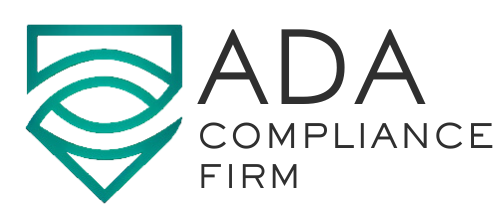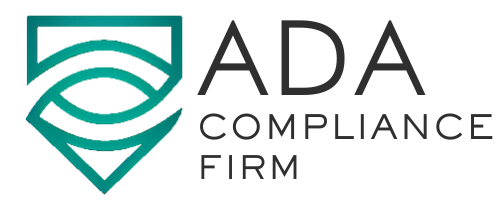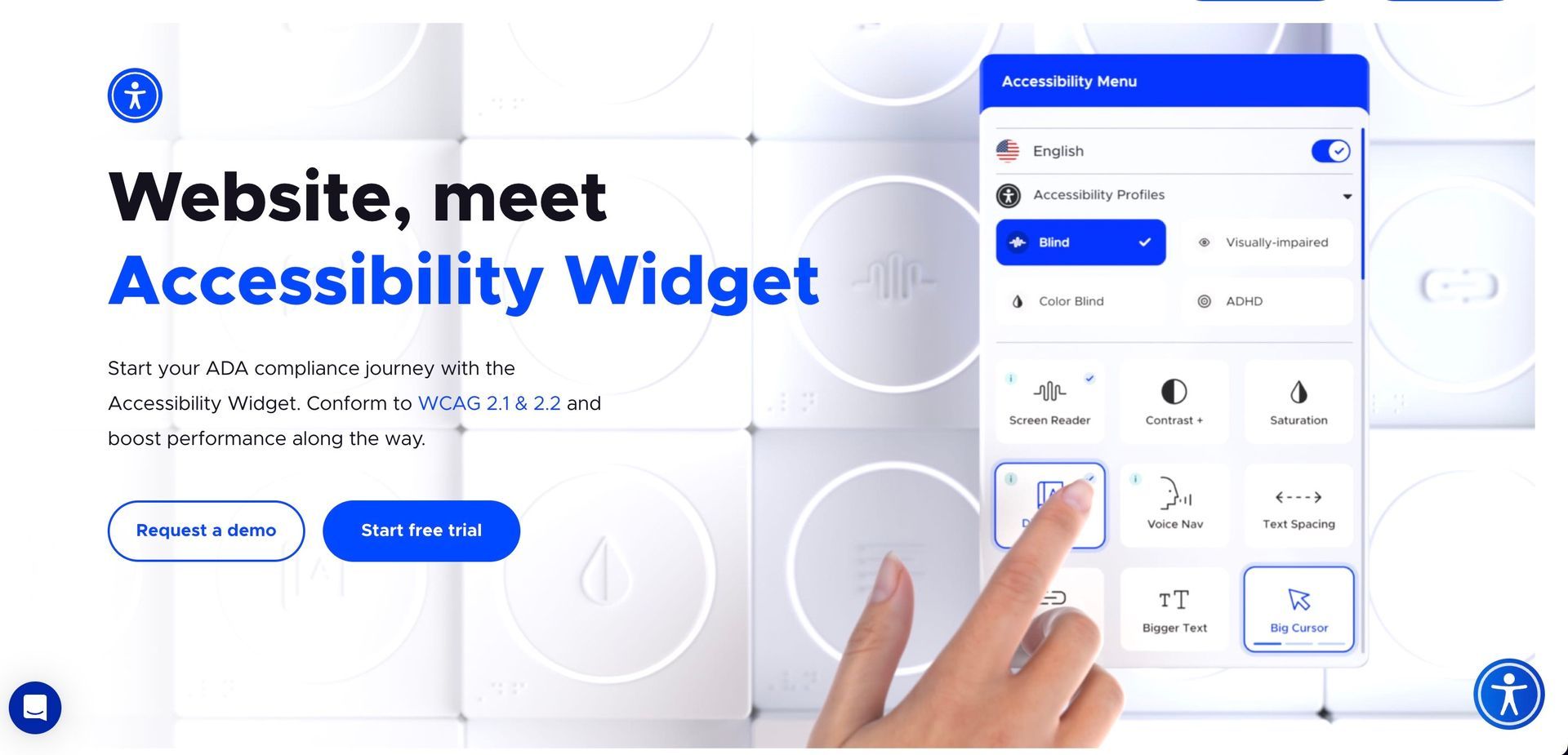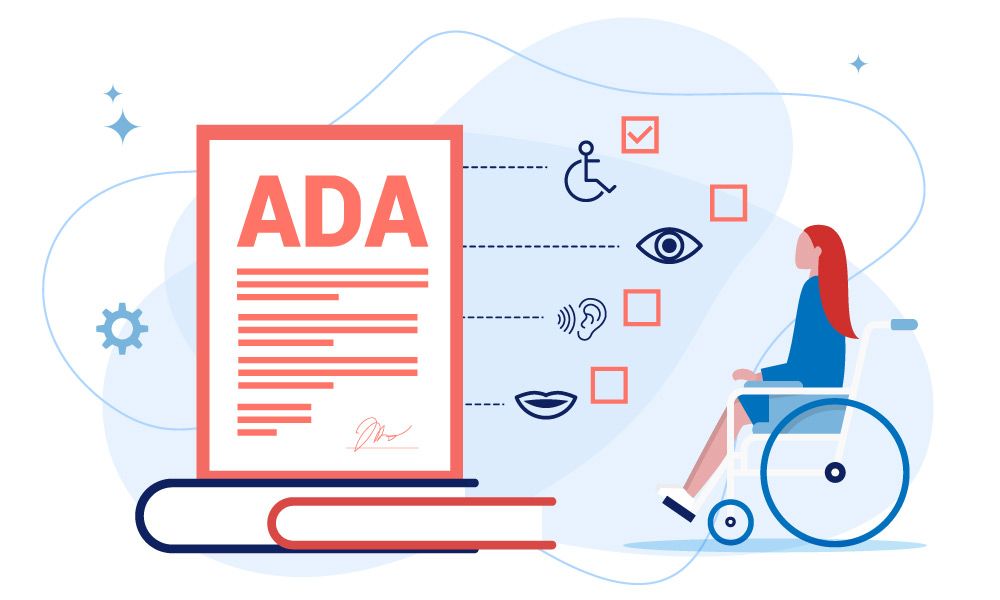The ADA Tax Credit for Web Accessibility – What It Means For Your Business

Web accessibility is the key to creating a more accessible and inclusive website environment for all. By ensuring your website for your business is accessible, you can eliminate barriers that restrict a person's access to information, jobs, housing, entertainment, and much more. Integrating tools, techniques, and services for accessibility can be costly to create a website that is Americans with Disabilities Act (ADA) compliant. Still, if you do not comply, you could face hefty fines and even lawsuits.
Businesses of all sizes are consistently looking for ways to save money while remaining compliant. As a small business, you have to stay on top of your expenses. While accessibility updates to your website do cost money and impact your bottom line, you can find affordable options to make it easier on your budget. And, with a website that is in compliance with the ADA standards, you can qualify for a generous IRS Disabled Access Credit, also called the ADA tax credit.
What is the ADA tax credit? And does your business qualify? This guide will walk you through everything you need to know about the ADA tax credit for website accessibility.
Why Should The Employer Provide Light Accommodations?
According to the Americans with Disabilities Act (ADA), employers are required to provide reasonable accommodations to qualified individuals with disabilities who are employees or job applicants. This means that if an employee has a disability that affects their ability to perform their job, the employer must make changes to the work environment or job tasks to allow the employee to perform their duties.
Light sensitivity is considered a disability under the ADA, and accommodations for this condition may include adjusting lighting levels, providing flexible scheduling, or allowing the use of anti-glare screens. However, employers are only required to provide these accommodations if they do not cause an undue hardship.
An undue hardship refers to changes that are excessively expensive or pose a direct threat to others. In other words, if the cost of accommodating an employee's light sensitivity is too high, or if the changes would put others in the workplace in danger, the employer may not be required to provide the accommodation.
Employers have a legal obligation to provide reasonable accommodations for employees with light sensitivity, as long as these accommodations do not cause an undue hardship. By making these changes, employers can create a more inclusive and supportive work environment and help employees with disabilities perform their job duties to the best of their ability. If you need help with this, please reach out to us by
contacting us here.
What Does it Mean to Have an ADA-Compliant Website?
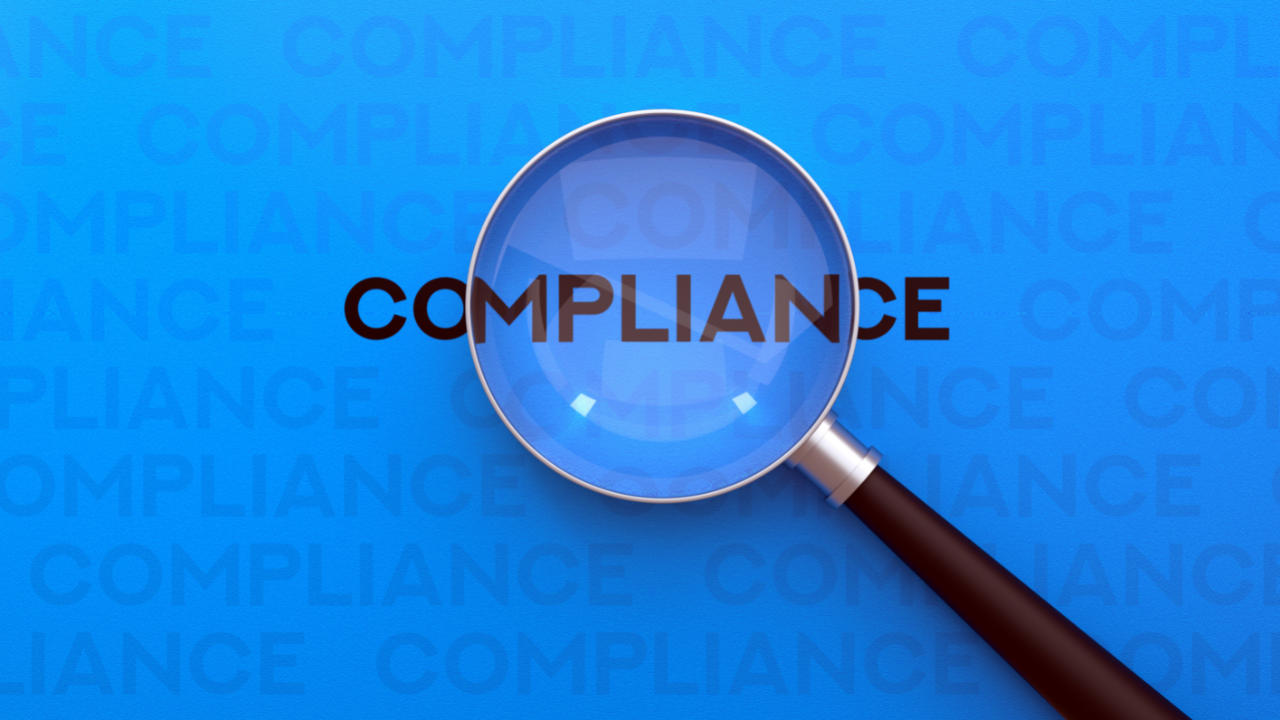
When building a website, you have to keep in mind people of all abilities. You need to build a site with functions that allow people with hearing, visual, and mobility impairments to easily navigate your website and its content. Getting your website ADA-compliant requires you to make changes and use tools to get your website up to standards by the ADA and the more recently introduced Web Content Accessibility Guidelines or WCAG 2.1.
ADA compliance for websites requires that you include features such as keyboard-only navigation, text-to-speech apps, the ability to increase text size or colors, and more. Businesses that don't meet these standards can face fines and even be subject to legal issues.
What is the ADA Tax Credit?

As an incentive for small businesses to comply with the ADA website, the IRS created the Disabled Tax Credit listed under Section 44 of the IRS Code. The Disabled Access Credit was created in 1990 to help cover ADA-related access expenditures for small businesses. The tax credit covers 50% of your business's eligible access expenses over the year up to $10,250, with a maximum of $5,000. For the first $250, there would be no credit as it is the total amount you need to spend to qualify for the tax credit.
The tax credit is taken from the total amount of taxes owed by the business. The expenses that are covered for your business is any item that removes barriers for people with disabilities. It covers any existing modifications but does not cover new construction projects. The types of modifications the ADA tax credit covers defined by the IRS include:
- Sign language interpreters for videos or live sessions
- Purchasing adaptive equipment
- Providing language interpreters
- Printed materials using accessible formats, including braille or large fonts.
- Website accessibility tools and optimization
- Provisions for readers for both customers and employees with visual impairments
For the credit, disabled is defined broadly in the sense that your business website can accommodate a vast number of individuals who can benefit from improved access. This includes people with physical or mental impairments that significantly limit their abilities.
When you calculate how much of the tax credit you will get back, you'll want to start by subtracting the $250 you spend to qualify for the ADA tax credit. You can add up your expenses sans the $250 and divide that in half. The maximum you can receive is $5,000, so any expenses remaining over $5,000 would be allocated to your out-of-pocket costs.
Who is Eligible for the ADA Tax Credit?
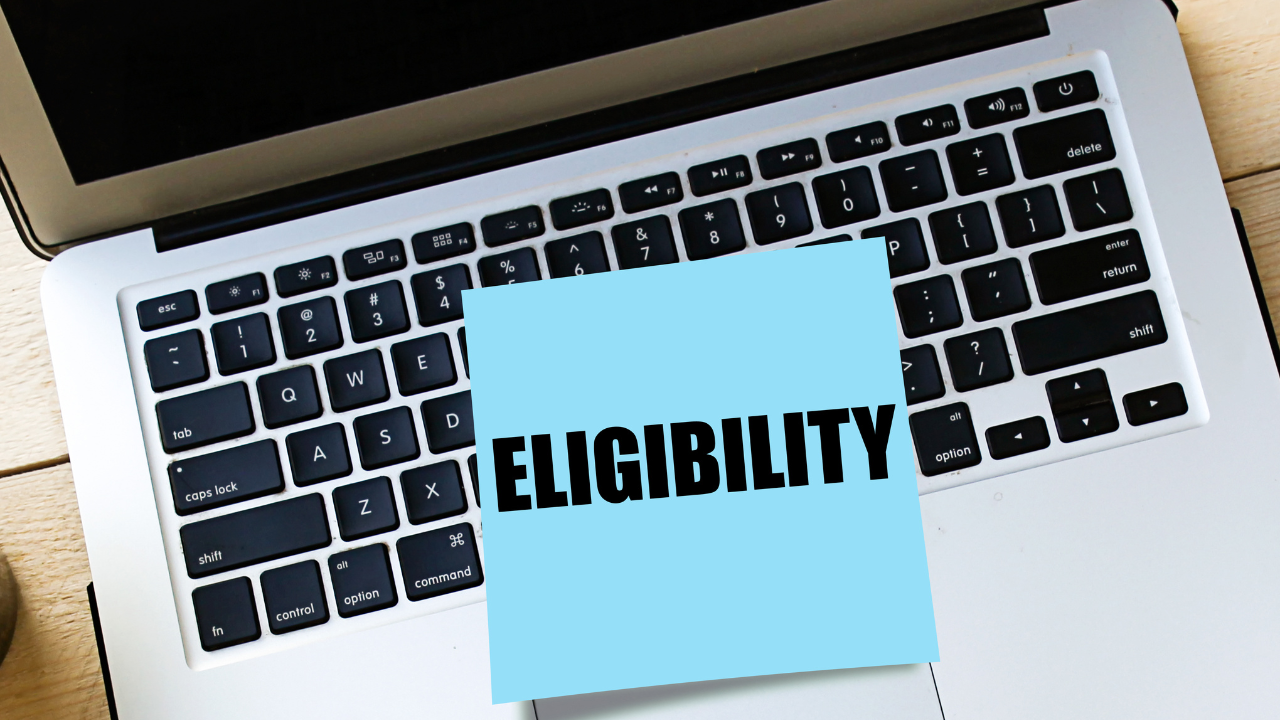
To qualify for the tax credit, your business has to make a small investment of $250 at minimum. Your small business is eligible for the tax credit if:
- Your business revenue is $1,000,000 annually or less in the previous tax year.
- If your business employs 30 or fewer full-time employees. Employees who work 30 hours a week for a consecutive 20 weeks are considered full-time.
Throughout the year, you should be saving your receipts and documents detailing the costs of ensuring your website is accessible. Add up the costs; if they fall under the listed categories for coverage and total over $250, your business is eligible for the tax credit.
Applying for the ADA Tax Credit
Applying for the ADA tax credits is relatively simple, but you want to ensure you have everything in order before you file. Before you begin, you'll want to first confirm your eligibility. Once you have confirmed, you will need to fill out IRS Form 8826 to apply for the ADA tax credit. Working with a CPA or tax professional can help you ensure you have everything you need.
The great news is that you can apply for and earn the ADA tax credit annually. However, you won't be able to carry over any expenses from the previous tax year. If the credits you earn exceed the amount of taxes you owe, you can roll the amount you did not use into the next tax year.
Ensuring your website is compliant is essential to not just avoiding fines but ensuring all people with disabilities are able to use your website. Hiring an ADA Compliance Firm is eligible for the $5,000 tax credit and makes the process of website accessibility easy. We are a nonprofit company, and getting your site compliant is a 100% tax write-off.
The Disabled Access Credit provides incentives for smaller businesses to spend funds to make changes and updates to their websites to improve the experience for all. To learn more about the ADA tax credits along with other tax credits and deductions your business may qualify for, visit the IRS Tax Benefits Page regarding accommodations for those employing and serving those with disabilities.
Join our newsletter
Recent Blog Posts
